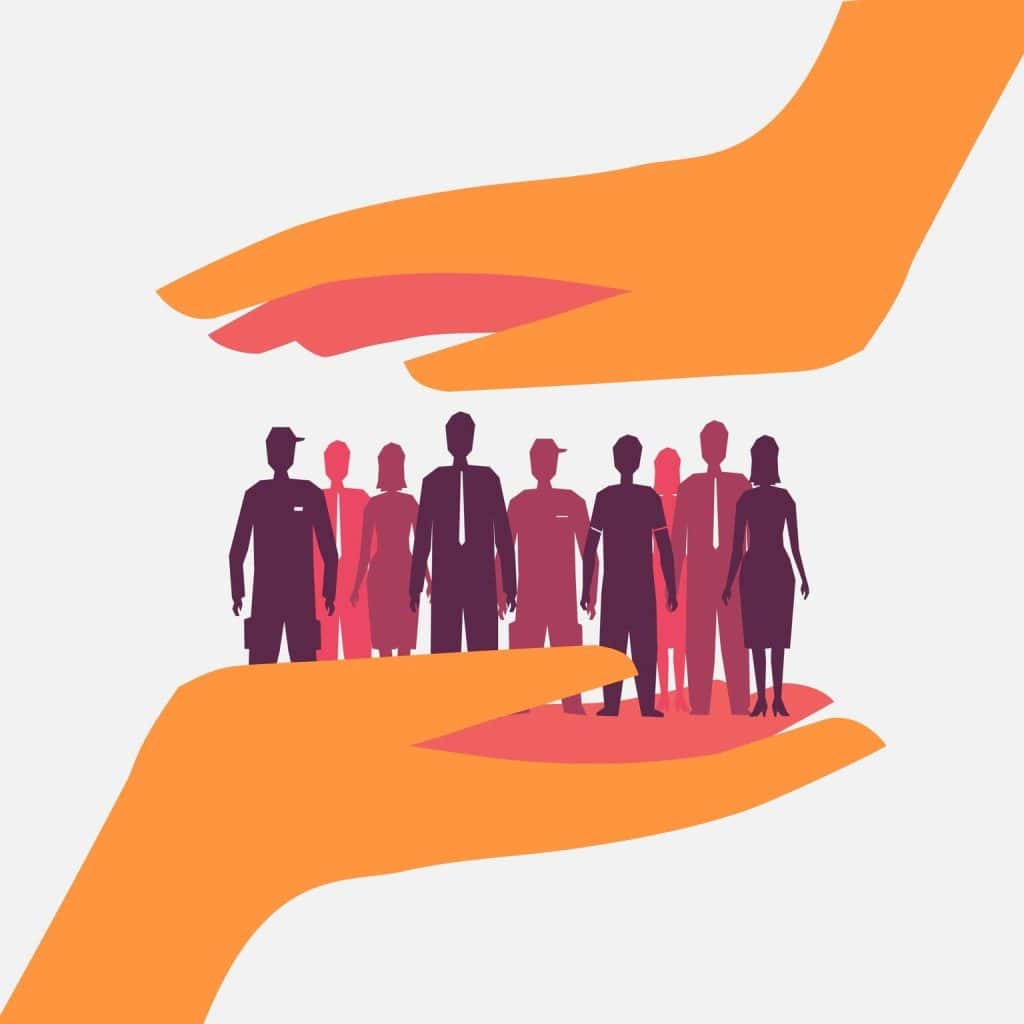Psychiatric nursing is a specialized field focused on caring for individuals with mental health disorders. As mental health awareness grows, so does the demand for qualified professionals in this area. Becoming a psychiatric nurse entails a commitment to education, clinical training, and a genuine desire to help individuals struggling with their mental health.
With a mixture of compassion, medical expertise, and interpersonal skills, psychiatric nurses provide critical support and treatment to those in need. On this post, we will focus on the necessary education, training, and requirements on how to become a psychiatric nurse.
Understanding the Role of a Psychiatric Nurse
Psychiatric nurses play a vital role in the mental health care system. They assess patient needs, develop care plans, and implement therapeutic interventions tailored to individual patients. Often, they work in various settings, including hospitals, outpatient clinics, schools, and rehabilitation facilities.
The primary responsibilities include monitoring patient conditions, providing support during therapy sessions, coordinating with a healthcare team, and educating patients and their families.
Alongside managing direct patient care, psychiatric nurses also contribute to research and advocacy initiatives that aim to enhance mental health services. These nurses are critical in fostering a supportive environment where patients feel safe and understood, allowing for effective treatment and recovery.

Necessary Education and Training
To become a psychiatric nurse, one must begin with a solid educational foundation. Typically, aspiring nurses need to start by obtaining a Bachelor of Science in Nursing (BSN) or an Associate Degree in Nursing (ADN). After gaining a degree, it is essential to pass the National Council Licensure Examination (NCLEX-RN) to obtain a nursing license. Once licensed, many focus on specialized training related to psychiatric nursing.
An increasingly popular path for psychiatric nursing professionals is pursuing advanced degrees, such as a Master’s degree in Nursing (MSN) or a Doctor of Nursing Practice (DNP). For example, online PMHNP DNP programs offer a convenient way for registered nurses to gain this advanced education while balancing other life responsibilities.
These programs typically cover psychopathology, psychiatric assessment, and therapeutic modalities tailored for the mental health population. With further education, psychiatric nurses can become certified as Psychiatric-Mental Health Nurse Practitioners (PMHNP), granting them the authority to diagnose and treat mental illnesses, prescribe medications, and provide psychotherapy.
Gaining Relevant Certifications
Certification is another essential component of becoming a successful psychiatric nurse. After obtaining an MSN or DNP and gathering sufficient clinical practice hours, Registered Nurses (RNs) can pursue board certification through the American Nurses Credentialing Center (ANCC).
The ANCC offers a certification exam for Psychiatric-Mental Health Nursing, ensuring that nurses meet national standards in psychiatric care. Certification not only enhances a nurse’s qualifications but also boosts credibility among peers and patients.
Additionally, certified psychiatric nurses often have a competitive edge in the job market. Continuous professional development through workshops and seminars is encouraged to keep certifications current and stay up to date with the latest practices in the field.
Building Clinical Experience
Acquiring hands-on experience in various mental health settings is a fundamental step toward becoming an exceptional psychiatric nurse. Psychiatric nursing students typically engage in clinical rotations during their education, working under the supervision of experienced professionals. This on-the-job training helps develop strong practical skills, fosters exceptional patient interaction, and deepens understanding of psychiatric disorders.
Many organizations provide opportunities to gain experience in diverse mental health environments, ranging from acute care hospitals to community health clinics. Volunteering in mental health services, internships, or part-time roles in relevant settings can also offer invaluable exposure. Networking with professionals in the field and seeking mentorship can facilitate smoother steps into full-time psychiatric nursing jobs.
Essential Skills for Success
Successful psychiatric nurses possess a unique skill set tailored to meet the diverse and complex needs of their patients. Effective communication is paramount, enabling them to convey information clearly and empathetically to patients and their families.
Active listening skills help nurses process and respond to patient concerns accurately, ensuring that each individual feels understood. A strong analytical mindset is equally important for psychiatric nurses, as they must evaluate patient behavior and assess clinical information critically.
Additionally, emotional resilience helps them manage the demands of working in a challenging environment. Skills such as teamwork, time management, and adaptability are also valuable assets in this profession.

Career Outlook for Psychiatric Nurses
The demand for psychiatric nurses is expected to increase significantly in the coming years. The growing recognition of mental health issues and the expansion of mental health services contribute to a favorable job outlook. According to the U.S. Bureau of Labor Statistics (BLS), employment for registered nurses, including psychiatric nurses, is projected to grow by 9% from 2020 to 2030, which is faster than the average for all occupations.
Furthermore, with the increasing focus on mental health advocacy and improved access to care, psychiatric nurses will play a crucial role in delivering quality support and establishing comprehensive healthcare networks. The potential for career advancement is ripe, with opportunities to move into managerial or specialized roles within psychiatric nursing.
Becoming a psychiatric nurse demands dedication, extensive training, and a compassionate approach to care. By acquiring the necessary education, certifications, and clinical experience, aspiring nurses can significantly impact the mental health landscape. Through their efforts, they support individuals on their journey to recovery, making psychiatric nursing a profoundly rewarding profession.





























